



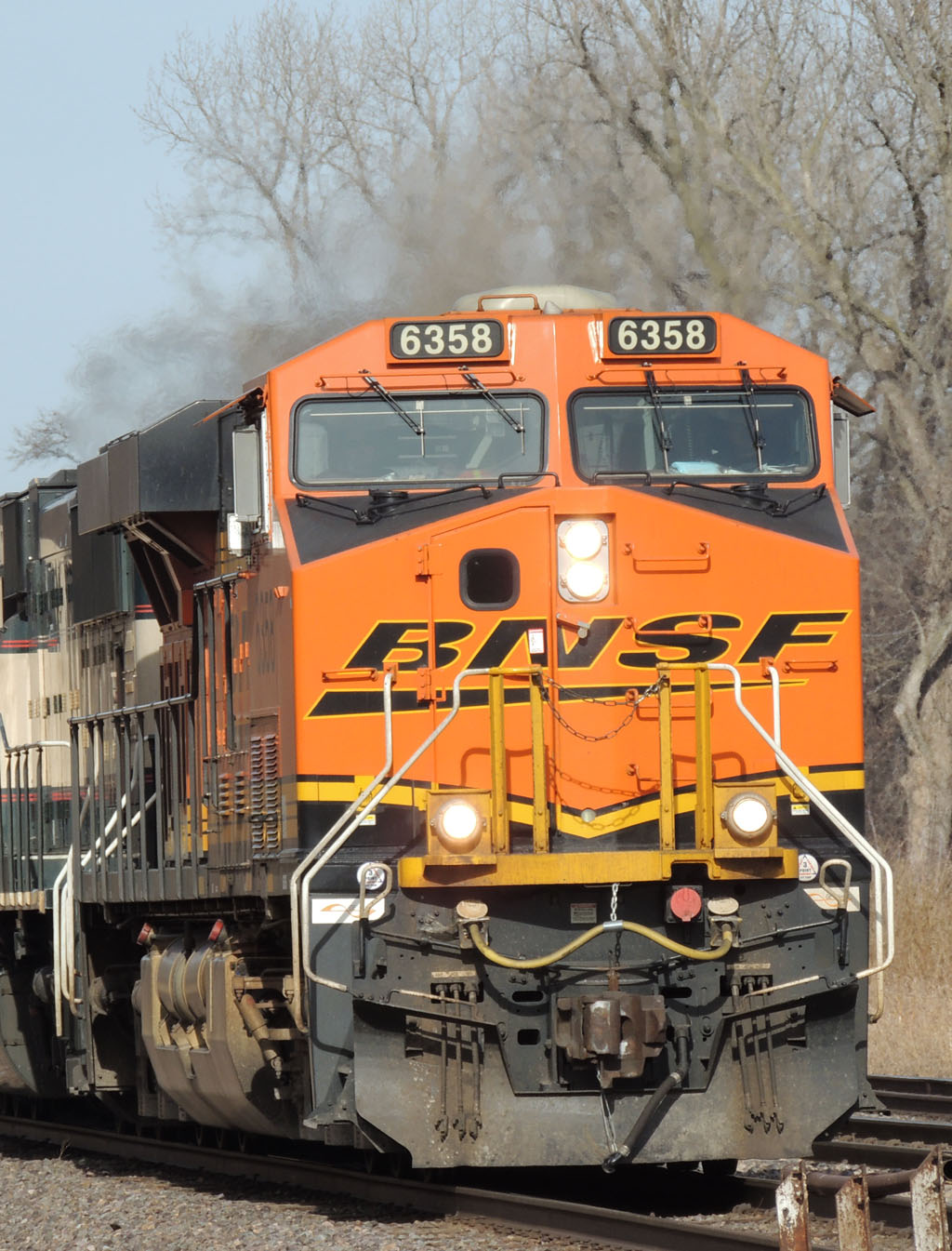
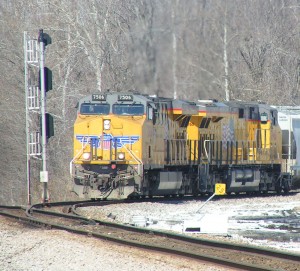
by Wally Watts & Matt Gentry
The month of February brought the execution of a new idea for the West Kentucky NRHS, and that was to have brief discussions (roughly 15 minutes) at each meeting about general railroad knowledge or why a railroad may execute its procedures this way or that.
For the month of February, our President Tom Johnson gave a topic to get the idea off the ground, and the topic was “Why do we see foreign rail power on another railroads trackage, and how does that railroad get compensated?” For example; why do we see Union Pacific power running on CSX track through Madisonville KY? (Which we witnessed during the meeting!)
A lot of times, the simple answer can be that the train is a “run through.” This means that the train does not get altered from its origination point to its final destination. These trains are typically your coal drags, grain trains, coke trains and oil trains. What this means is that an oil train put together and loaded in the oil fields of North Dakota on the BNSF will not be altered until it reaches its destination at an oil refinery in Ashland, Kentucky for example.
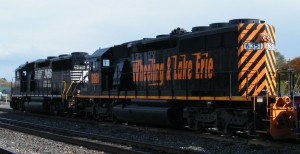
The reason you may see foreign power running a local manifest freight would most likely be the foreign railroad is running out their borrowed time to the railroad that is running the train. The way the railroads get paid for the use of their locomotives elsewhere in the nation is based on how many “horse power hours” a locomotive gets used and therefore billed to the operating railroad. For instance, if a Union Pacific locomotive with a horse power rating of 4400 horse power were used for 13 hours on the CSX, the CSX would owe them 13 hrs of use of one of their locomotives with a 4400 horse power rating. There are many different configurations that the horse power hours get calculated and paid back due to different horse power locomotives. A CSX 4000 horse power unit would take more than 13 hours to pay back the UP for their 13 hour 4400 horse power unit.
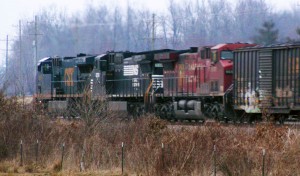
Another example-In the 1940’s and 50’s when the SP, UP, and C&NW were running the City of San Francisco, I (Wally) have seen photos of the train in Green River, WY with an ABB lash-up of C&NW E-7’s eastbound. They were “running out their time” in UP territory with C&NW crews-BUT with a UP “pilot” engineer on board. Same thing sometimes with the westbound “City.” It would be seen in Nebraska with SP E-6’s or 7’s on the point. They were “running out their time” they “owed” UP. Instead of owing money or borrowing money to each other, they owe time-or “horse power hours” if you will.
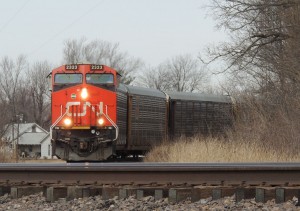
The topic of discussion for the moth of March was planned to be presented by David Millen over the L&N railroad throughout the area. However I (Matt) stopped at David’s house after the meeting in February to drop off his copy of The PennyRail to find that he had slipped on the ice. David seemed to be getting along OK, but was unsure of his attendance at the March meeting.
In the event of David’s absence, we will use the following question for our topic of discussion:
Why did the Illinois Central run steam on their coal trains in Western Kentucky long after other railroads had gone completely to diesel-electric locos? –Tom Johnson

NS #8080 (possibly #8060) heads west into Robert Young rail Yard in Elkart IN in the snow on the evening of January 18, 2014.
There is actually a small story behind this photo. While I was in Elkhart for the weekend visiting some friends, I managed to get down to the depot in downtown Elkhart to watch some trains in the 18 degree weather. (I went to college, right? I should know better, right?) Later that evening while leaving a local eating establishment I realized that we were back downtown. The horn and crossing gates lowering clued me in, and I sprinted off down the street so I could get THE shot. I have wanted a snow shot for quite some time. Luckily, my iPhone 5S takes great photos and this shot happened. It wasn’t until I looked on my computer that I even realized that the moon was in the shot. I’m pretty happy with the photo.
Back at the car, my friends thought I was in the car and were preparing to leave before realizing I was gone. I’m glad they waited. I was not dressed as warm as I was during the day…and it was now ten degrees outside! – Matt Gentry”
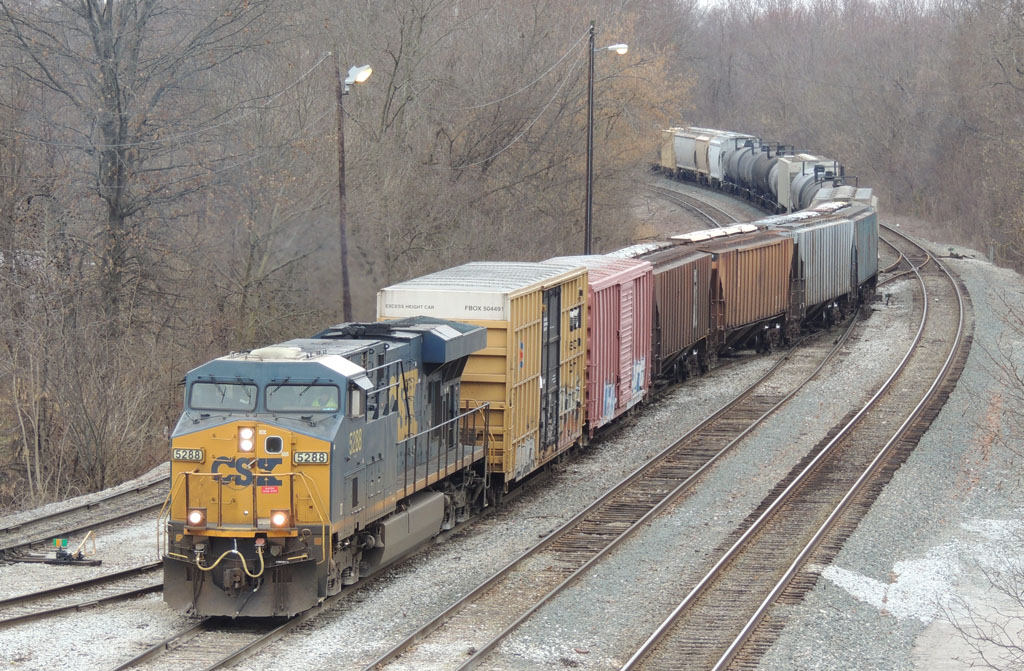


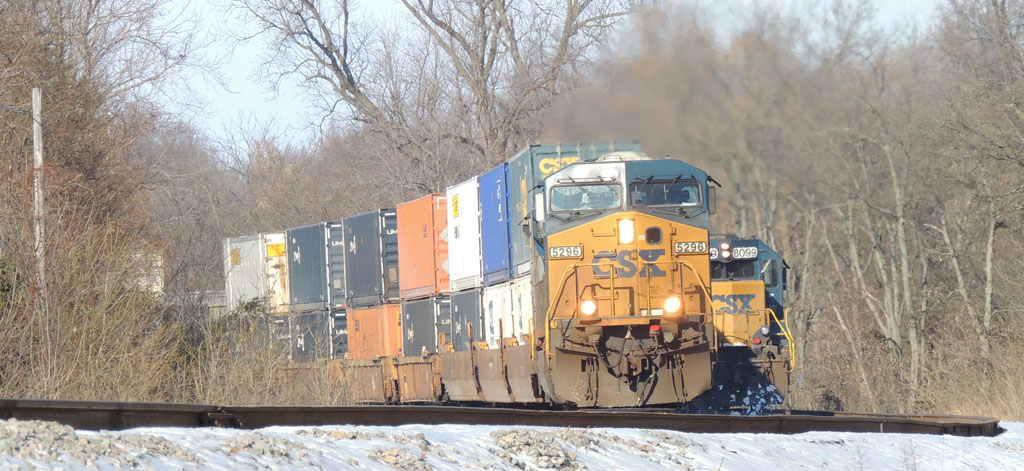
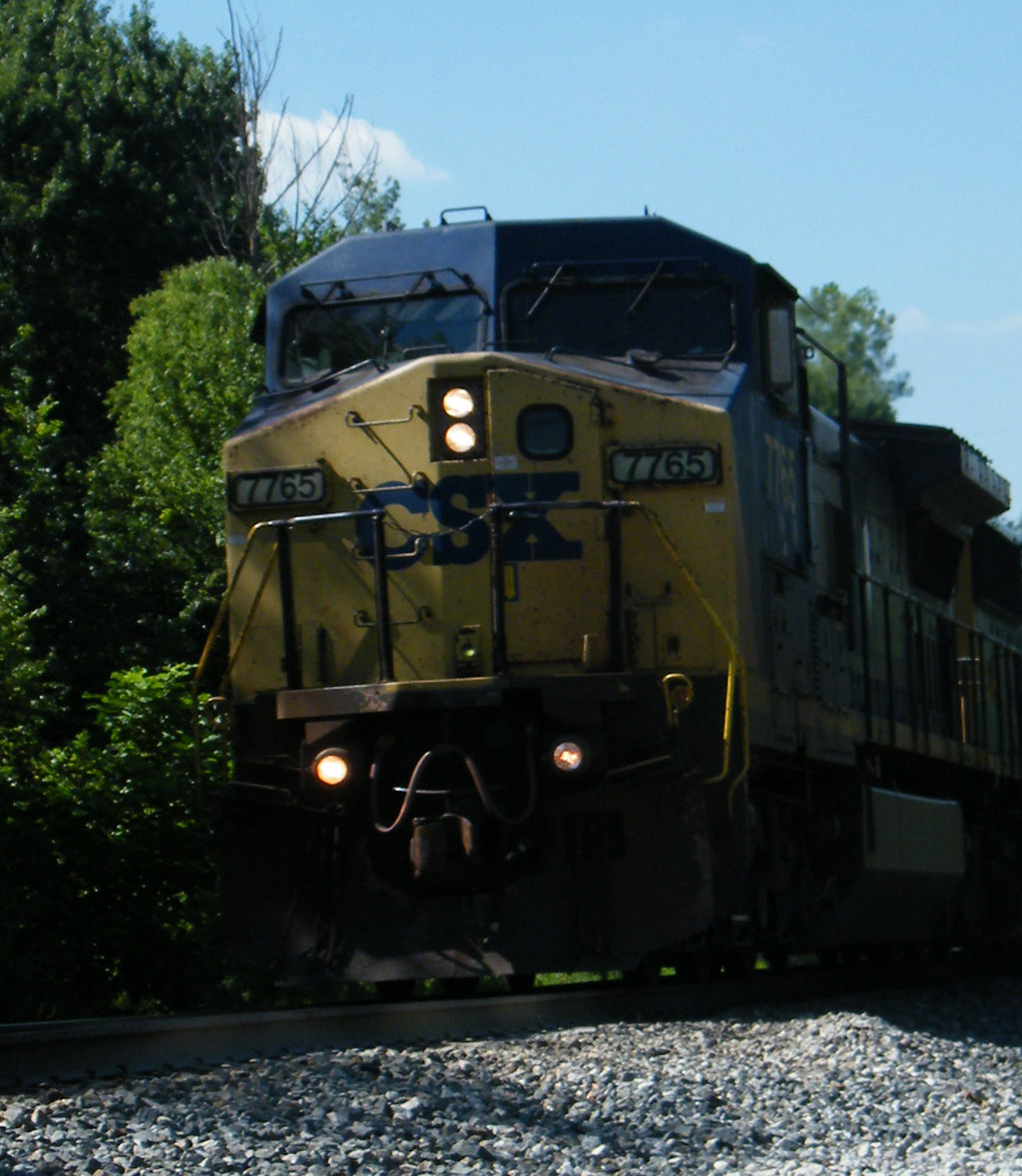
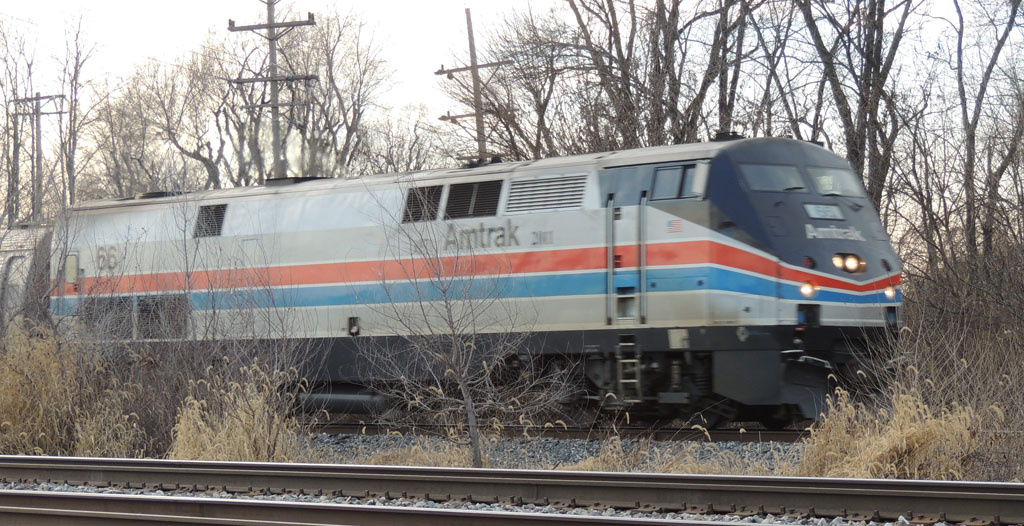

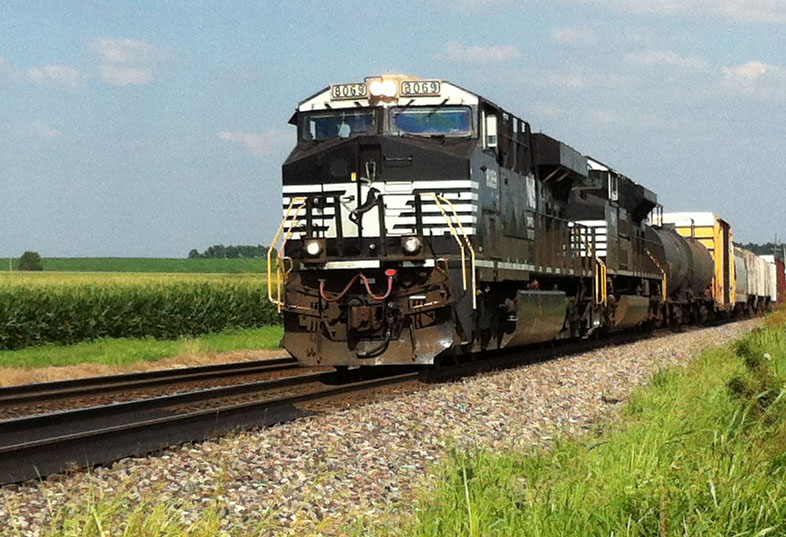

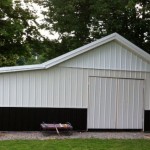 In The Corner: With Rick Bivins
In The Corner: With Rick Bivins
Why “In The Corner” as the title of an almost monthly newsletter column? Because as a kid, I have fond memories of several corners within the house where I grew up! And, I almost always end up working myself into a corner…somewhere.
As most of you know, I have a fondness for three rail O Gauge trains. After building a layout in the upstairs room of the house I decided and was greatly encouraged by my lovely wife Kathy, to build a building for my trains. Well, it has only taken me two years to build a 16’ by 27’ pole building and an addition (lean-too) 8’ by 27’ of which 18’ of is enclosed (lovely wife Kathy said to build it bigger….I will learn to listen to her one of these days). All of which is sheathed, insulated and has a concrete floor. 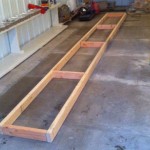
As you can see from the pictures I have started to build the layout. The start date of January 9th is significant. My Grandmother Opal Bivins passed away seven years ago on this date. So…my goal is to have trains running by February 9th which at this writing is five days away! I will be able to answer “yes” or “no” to that by meeting night.
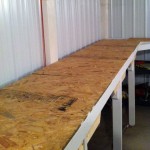 Here is the plan…sorta! Lionel is near and dear to my heart so it all starts with Lionel Track, old school tubular rail track, traditional style scenery and accessories. And of course the obligatory PlasticVille structures will adorn the layout. Traditional stops there. The track plan is a point to point, no round and round running which is fine and fun but I want to venture into a little different territory. Well, different for O Gauge three rail anyway.
Here is the plan…sorta! Lionel is near and dear to my heart so it all starts with Lionel Track, old school tubular rail track, traditional style scenery and accessories. And of course the obligatory PlasticVille structures will adorn the layout. Traditional stops there. The track plan is a point to point, no round and round running which is fine and fun but I want to venture into a little different territory. Well, different for O Gauge three rail anyway.
Trains will run with command control, CTC signals, a dispatcher, a car card/waybill system and at some point a fast clock. Scenery will be as stated; traditional to a point. I hope to use a little more ground cover than days of old but not as radical as some of the layouts others are building and the ones we see in the magazines. The best part? People! I plan to have run sessions and theme nights such as: all New York Central or Penn Central or South West RR’s or GP-7/9 night etc. Variety and interesting scenarios will be “the norm”. 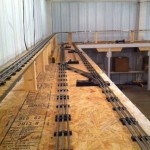
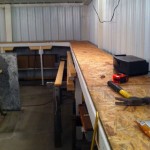
So…while I am building it “my way” I hope others will find “their way” to my place on run nights. Run nights will be at this point planned for the first Monday and third Thursday of each month at 6:30PM. That is of course subject to weather and holidays but I will try to keep things “on track” for those nights. Maybe you can join me “in my corner” of three rail bliss! 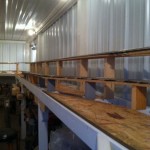
Editors Note; To appease my want to keep “The Project Corner” a monthly article, I decided to have Ricky’s first “In The Corner” column be this month’s highlight. After this submission, Ricky’s column will have space outside of “The Project Corner” when he has a story to submit. – Matt Gentry
| Title | Alaska Volume 2 Seward and Whittier Subdivisions on the Alaska Railroad |
| Producer | Pentrex |
| Format | Full Screen DVD |
| Playing Time | 45 minutes |
| Purchased From | Trainvideodepot.com |
| Date Purchased | 1/22/2014 |
| Price Paid | $9.95 |
The Alaska Railroad consists of 500 miles of single track main line running from Seward to Fairbanks. The Seward Sub is included in this video and it runs from the southern terminus of the Alaska RR in Seward north to Anchorage. The Anchorage Sub then runs north to Fairbanks but it is not covered in this video. We also see the 12 mile long Whittier Sub, which ties into the Seward Sub at Portage.
We see mixed manifest trains, passenger tains, and shuttle trains in this video. The shuttle trains run between Whittier and Portage. Cars, trucks, and buses are driven up onto flat cars and are transported between these towns with their passengers in them. Some of this video was shot from inside the cab of a pickup truck that was being hauled on a flat car of the shuttle train. The railroad is the only way to travel from Portage to Whittier by land.
At Whittier we see railroad cars loaded onto and unloaded from barges that transport them between Seattle and Whittier.